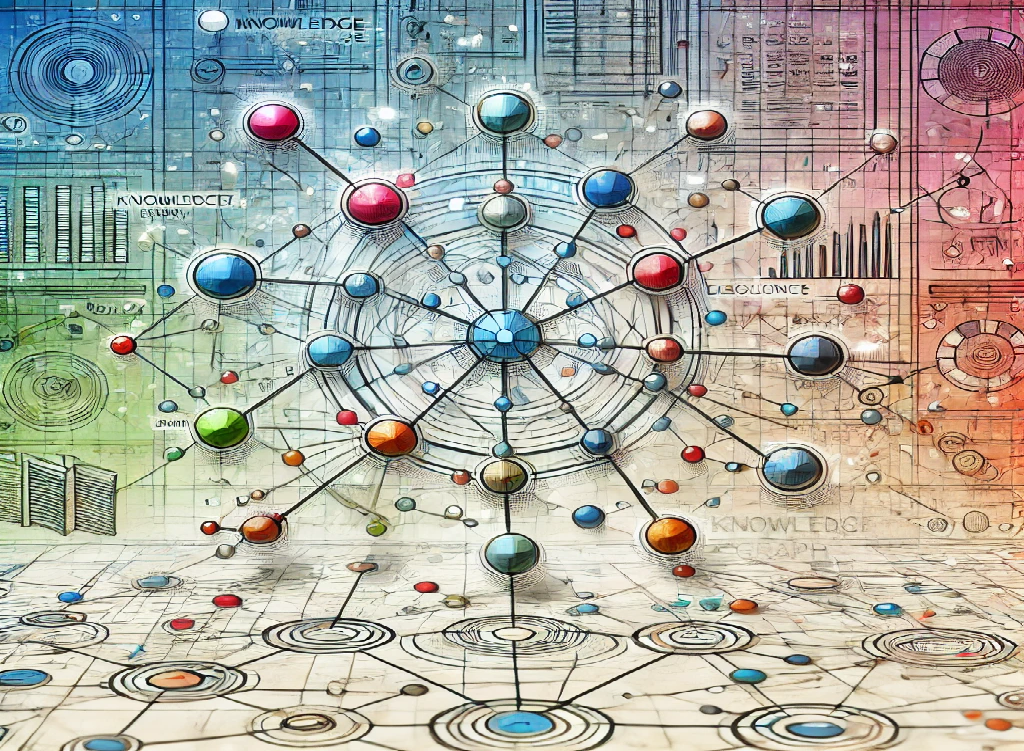
Sanggeon Yun, Ryozo Masukawa, William Youngwoo Chung, Minhyoung Na, Nathaniel Bastian, Mohsen Imani
The increasing demand for robust security solutions across various industries has made Video Anomaly Detection (VAD) a critical task in applications such as intelligent surveillance, evidence investigation, and violence detection. Traditional approaches to VAD often rely on finetuning large pre-trained models, which can be computationally expensive and impractical for real-time or resource-constrained environments. To address this, MissionGNN introduced a more efficient method by training a graph neural network (GNN) using a fixed knowledge graph (KG) derived from large language models (LLMs) like GPT-4. While this approach demonstrated significant efficiency in computational power and memory, it faces limitations in dynamic environments where frequent updates to the KG are necessary due to evolving behavior trends and shifting data patterns. These updates typically require cloud-based computation, posing challenges for edge computing applications. In this paper, we propose a novel framework that facilitates continuous KG adaptation directly on edge devices, overcoming the limitations of cloud dependency. Our method dynamically modifies the KG through a three-phase process: pruning, alternating, and creating nodes, enabling real-time adaptation to changing data trends. This continuous learning approach enhances the robustness of anomaly detection models, making them more suitable for deployment in dynamic and resource-constrained environments.







